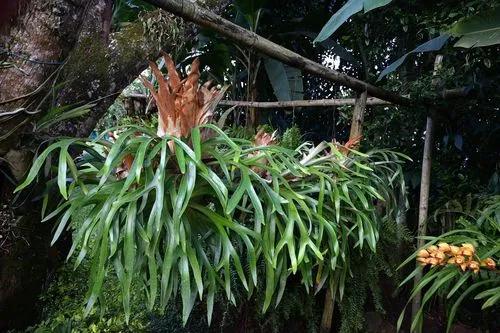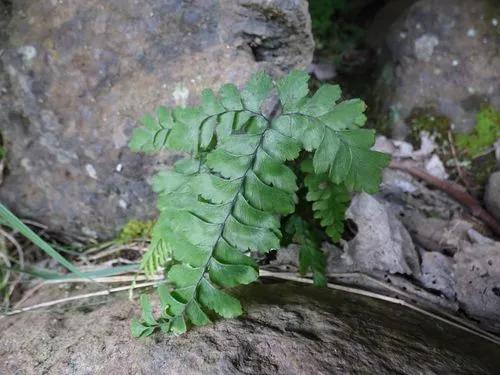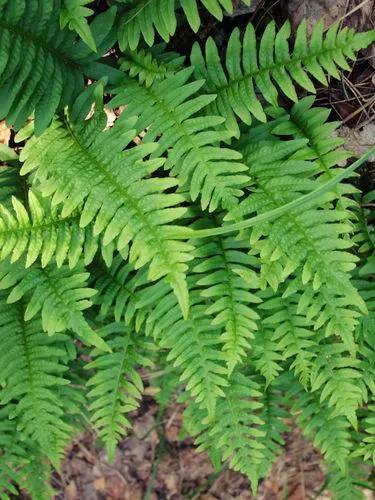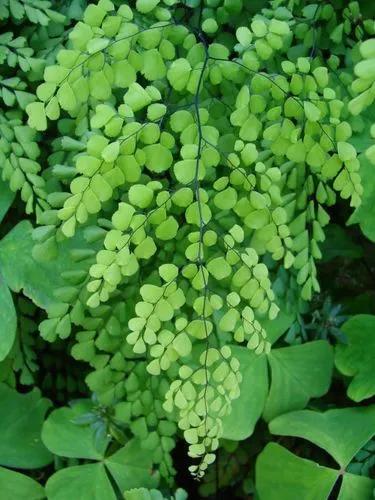The fern is native to north-east New South Wales (north of Nabiac) and Queensland. It can also be found in parts of Indonesia, Malaysia and New Guinea. In propagated form, the plant is grown successfully as far south as Victoria. During the 1990s, the fern was also discovered on the Hawaiian Islands where they are now considered a "problem species". Platycerium superbum is a bracket epiphyte naturally occurring in and near rainforests but is now also widely cultivated as an ornamental plant for gardens. In both naturally occurring and propagated forms, these ferns develop a humus-collecting "nest" of non-fertile fronds and in doing so can grow up to 1 metre wide. The ferns also develop hanging fertile fronds that can reach up to 2 metres long. Both fertile and non-fertile fronds are broad and branching and grown to resemble the horns of a stag or elk, thus the common names stag horn or elk horn. The plant gives off many tiny spores that drift to nearby trees to reproduce.
Platycerium Elephantosis Care
Platycerium Elephantotis



How to Care for the Plant

Water

Water sparingly, increasing frequency during hot/dry periods

Pruning

Staghorn ferns don’t require much pruning, but when there is any to be done, only prune the fertile fronds. If there are damaged fertile fronds, use a clean pair of scissors or pruners to neatly cut off the frond. If the whole frond is showing signs of damage, cut it at its base. Otherwise, simply trim it to remove the damaged portion.

Fertilizer

Monthly applications of a diluted balanced fertilizer during spring and summer. Every other month through fall/winter. Can also fertilize with other methods, but plant produces much of its own nutrition.

Sunlight

Filtered shade

Soil

Unlike most platyceriums, this plant prefers consistently-moist soil around its roots.

Temperature

Ideal range is 60-80 degrees. Does not tolerate frost conditions.

Popularity

16 people already have this plant 10 people have added this plant to their wishlists
Discover more plants with the list below
Popular articles






